The necktie is arguably the most famous invention ever to come out of Croatia. How did this modern marvel of fashion come to be, and what does it have to do with 17th-century France and the Thirty Years War? This is the story of Croatia and the cravat.
The history of the necktie can be traced back to Paris in 1630. King Louis XIII was inspecting a line-up of Croatian mercenaries in traditional costume when his eye was taken by strange pieces of fabric that the soldiers seemed to be wearing around their necks. The materials on show ranged from tatty cloths for the soldiers to fine silks for the officers, but the stylishness was remarkable. King Louis was impressed by this ingenious piece of modern fashion. He recommended it, and it was soon adopted by the people of France, and became the hottest fashion accessory on the streets of Paris and other towns. The Croats had well and truly made their mark on 17th-century clothing conventions.
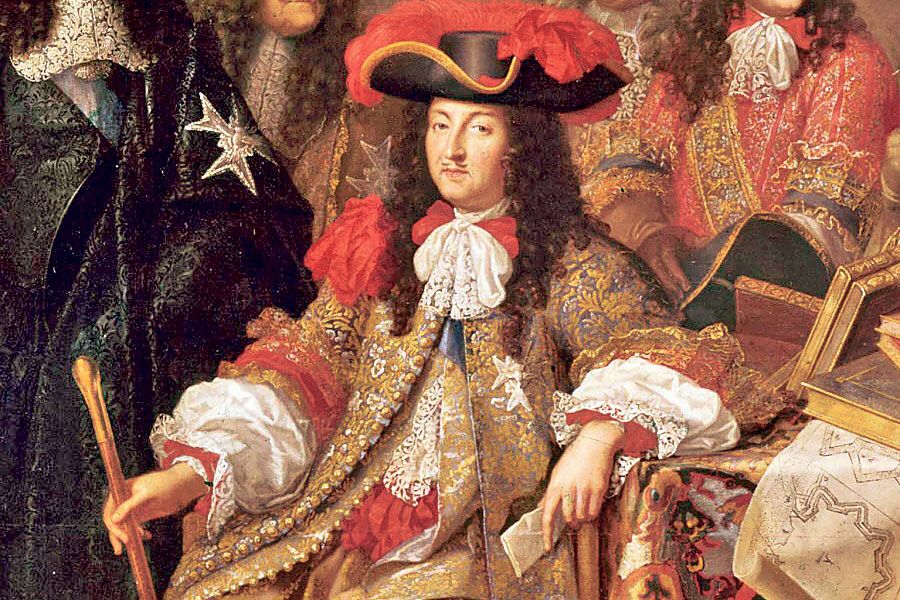
The young French King Louis XIV. began wearing a tie in 1646 when he had only seven years and so in a way set the fashion standard of all of French nobles. They soon adopted this new garment which was worn a la Croate (‘in the Croatian way’), which also became new the root of the French word cravate. How much the French liked the tie the fact that a special one was established in 1667 shows enough regiment Royal Cravates, and was named after the Croats who were in her composition and wore a tie.
How it all began?
After the end of the war with the Turks, Croatian soldiers came to fight in Europe for the first time in the Thirty Years War (1618 – 1648). The Croats brought with them their own way of fighting a war which was developed during the long-term war against the Turks. Croatian horsemen soon became known for their boldness, speed and courage, and they were vastly appreciated and feared for their talented military skills and laudable heroism. When France entered the Thirty Years War, the imperial army and its regiments made up of Croats arrived in St Dennis, today's suburbs of Paris. The French in the absence of their own light cavalry have organised their own Croatian Cavalry Regiment.
One piece of clothing of Croatian horsemen particularly attracted the attention of Europe. It was picturesque red scarves that Croatian soldiers tied in a knot around their necks as a part of their uniform. Officers carried some handkerchiefs made of silk while those for ordinary soldiers were made of wool, and it has served mainly for protection against dust and sweat and it could have been used for dressing wounds, as well.
Why did the soldiers wear the things in the first place? The reasoning behind the tie is as logical as it is tragic, as clear as it is confusing. The wives of the men would often watch their husbands go into battle, but once the fighting began, the battlefield tended to become one big mess and individuals were impossible to make out. To combat this, the Croat men began wearing colourful pieces of cloth around their necks so that their wives and loved ones could make them out in battle.

The Parisians noted this Croatian custom and adopted it as their own fashion detail - wearing neckties 'à la croate', now forming the root of the French noun 'la cravate'. This was the beginning of the tie (cravat), today's most recognisable official clothing accessory.
Ivan Gundulić also wore it
The honour of inventing the necktie remains at the door of the Croats, and a portrait of Ivan Gundulić, dated to 1622, is thought to be the oldest example of the fashionable item portrayed in art. What better individual to model it than the great Gundulić? Born in Dubrovnik in the late 16th century, he was the most prominent Croatian Baroque poet of his time and was one of the most beloved creative minds speaking out in favour of the Counter-Reformation.
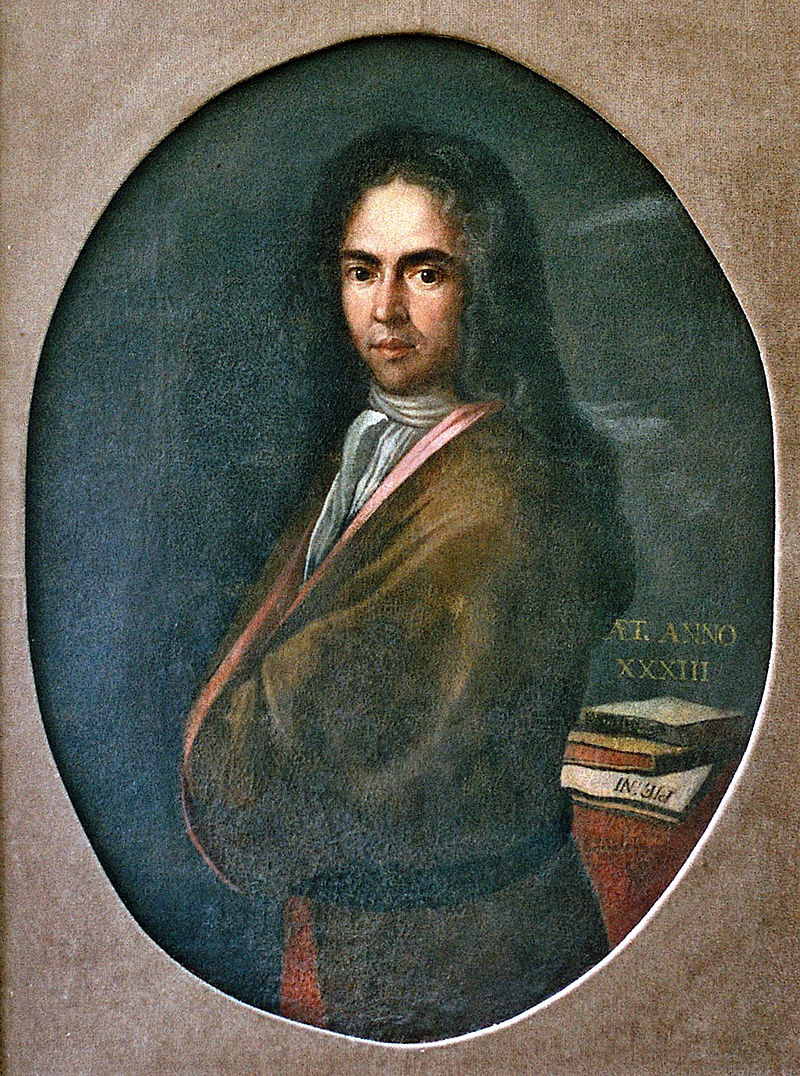
How do you tie it?
In the late 1990s, two Cambridge researchers (Thomas Fink and Yong Mao) used mathematical modeling to calculate that there were 85 theoretical possibilities for tying a standard tie knot (limiting the number of "moves" to nine). Only a dozen of these 85 nodes correspond to common notions that are symmetrical. The most popular ways to tie a tie are plain knot, double knot, small knot, classic windsor and semi-windsor. It is worth mentioning the "Atlantic style" in which the knot is tied at the back, and is very popular, as well as the so-called bow tie.
The Cravat Regiment
The Cravat Regiment is the honour guard in Zagreb that celebrates the long military tradition of Croatia as well as the introduction of a cravat or a necktie. Their performance is a unique combination of spectacular march of the four horsemen and soldiers through the city center of Zagreb followed by very thrilling drumming squad and the ceremony of changing the guard at the St Mark’s Square (side entrance to St Mark’s Church), the Ban Josip Jelačić square, and the Statue of Virgin Mary on Kaptol.
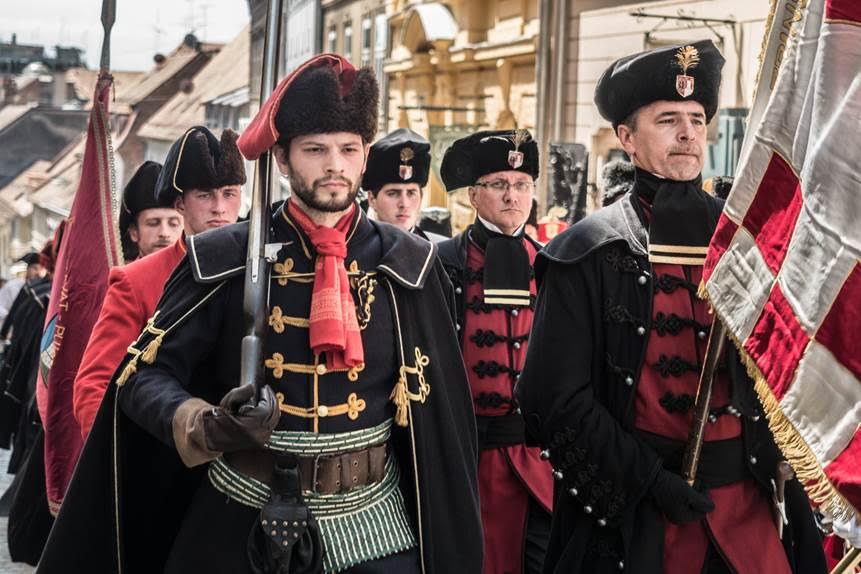
Best regards,
your ZadarVillas team

Magical Istrian Truffles: A Gastronomic Adventure in the Heart of...
READ MORE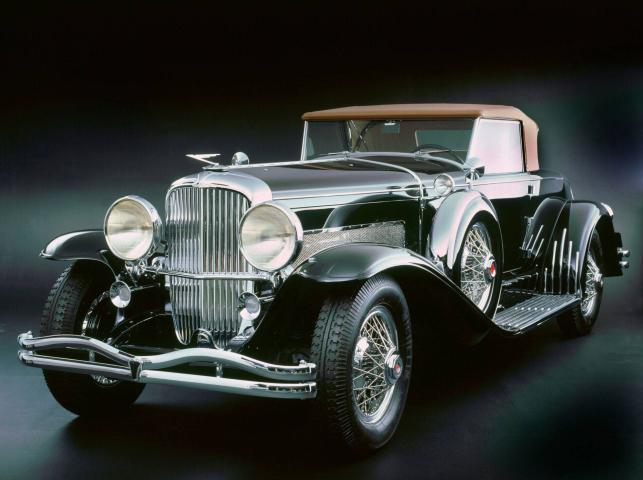
An oldtimer or a historic vehicle is a motor...
READ MORE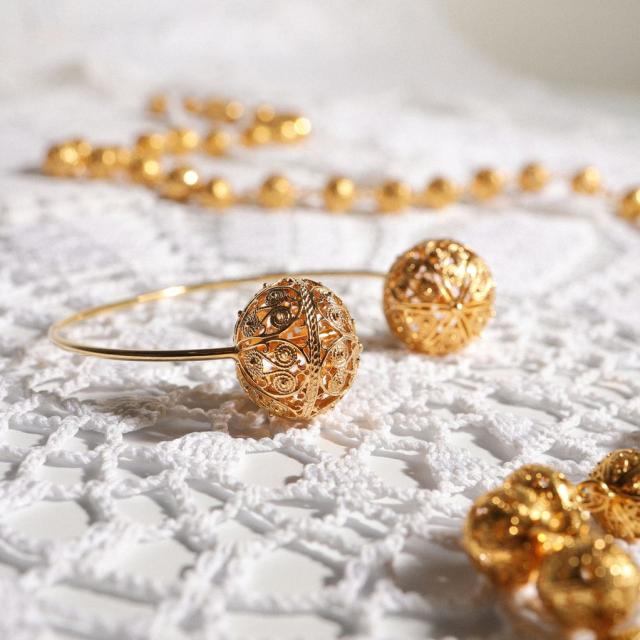
Jewelry. When we hear that word, it immediately...
READ MORE
You got together with all your friends, their significant others or...
READ MORE
The holidays are over, we are back at work and it is...
READ MORE
Christmas is here! It's finally here! Three more...
READ MORE
Christmas time is already here, the holidays are upon...
READ MORE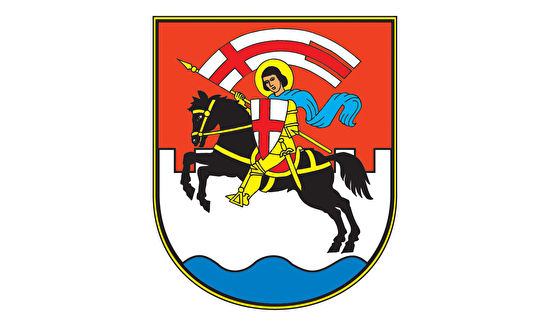
Happy Zadar City Day and St. Chrysogonus! ...
READ MORE
Get to know this wonderful Mediterranean plant, which...
READ MORE
Zadar is known for its sunset around the world thanks...
READ MORE
It's already the middle of July, the beaches are...
READ MORE
This rural stone house will welcome you in a quiet...
READ MORE
We can proudly say that another of our villas received...
READ MORE
This is an ideal time to plan your holiday, whether it's a...
READ MORE
Trying to find a reason to come to Zadar and...
READ MORE